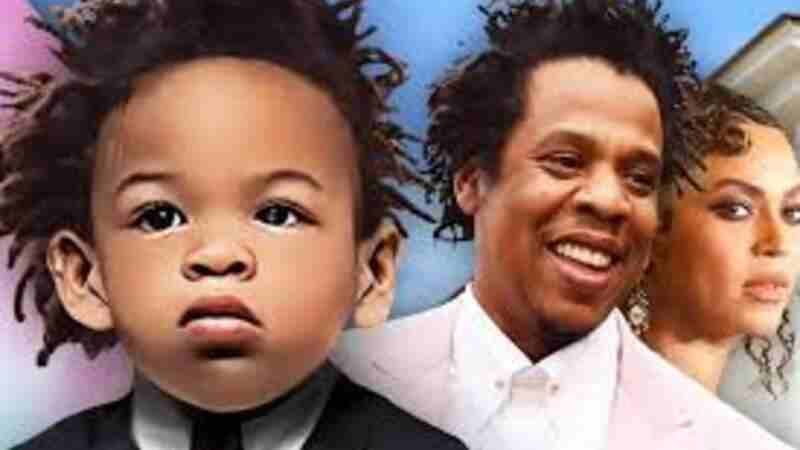Autism Spectrum Disorder (ASD) is a developmental condition characterized by differences in communication, behavior, and social interaction. As representation of autism in media has grown, so has public interest in whether specific individuals or fictional characters might have traits associated with the condition. A question that arises often in discussions around well-known figures or personas is whether someone referred to as “Sir” is autistic in real life.
Understanding Autism Spectrum Disorder
Before delving into specifics, it’s important to grasp the broad nature of autism. ASD manifests in unique ways for each individual, often referred to as the spectrum due to the wide range of behaviors and abilities associated with the condition. Common traits include:
- Challenges in social interactions or understanding nonverbal cues.
- A preference for routines or structured environments.
- Intense focus on specific interests.
- Sensory sensitivities.
These characteristics vary from person to person, making it challenging to generalize or diagnose based on external observations alone.
The Use of “Sir” – Fictional or Real?
“Sir” can refer to a formal title, a character, or even a public figure. For example:
- Fictional Characters: “Sir” could be a nickname or role attributed to a character in a book, movie, or television show. Many fictional characters are portrayed with traits resembling ASD, though not explicitly stated.
- Public Figures: In reality, many people with titles such as “Sir” (e.g., those knighted in the UK) may attract questions about their personal lives, including their neurodiversity.
- Cultural Personas: Some figures become associated with neurodivergent traits due to fan theories, media portrayals, or speculative discussion.
Autism and Real-Life Figures
If the “Sir” in question is a real-life individual, confirming whether they are autistic involves either public acknowledgment or credible medical insights, neither of which can be assumed without their consent. Autism is not always outwardly visible, and speculation can lead to misconceptions or reinforce stereotypes.
Why the Question Matters
Interest in whether “Sir” is autistic reflects a broader desire for representation and understanding of neurodiversity. When individuals with autism are accurately represented in media and public discourse, it helps normalize differences and fosters inclusivity.
Representation in Media
Many characters are designed with autistic traits, even if not labeled as such. For example:
- Sheldon Cooper in The Big Bang Theory displays rigid routines and social difficulties, leading many to associate him with autism.
- Raymond Babbitt in Rain Man is explicitly autistic, bringing awareness to savant syndrome.
While such portrayals increase awareness, they may also perpetuate narrow views of autism if not paired with diverse and nuanced representations.
The Importance of Self-Identification
If a real-life “Sir” identifies as autistic, it is a personal decision to share that information. Many people with autism choose to disclose their diagnosis to advocate for others, while some may not feel comfortable doing so. Respecting their choice is critical to promoting dignity and acceptance.
Concluding Thoughts
Whether “Sir” is autistic in real life depends on who is being referenced and the context of the question. Autism is a deeply personal aspect of identity, and speculation should always be approached respectfully. Regardless of whether a specific individual is autistic, the growing visibility of neurodivergent individuals and characters underscores the importance of fostering understanding, acceptance, and inclusivity in society.
By focusing on broader awareness and appreciation of autism, society can ensure that discussions remain meaningful and considerate, rather than purely speculative.
